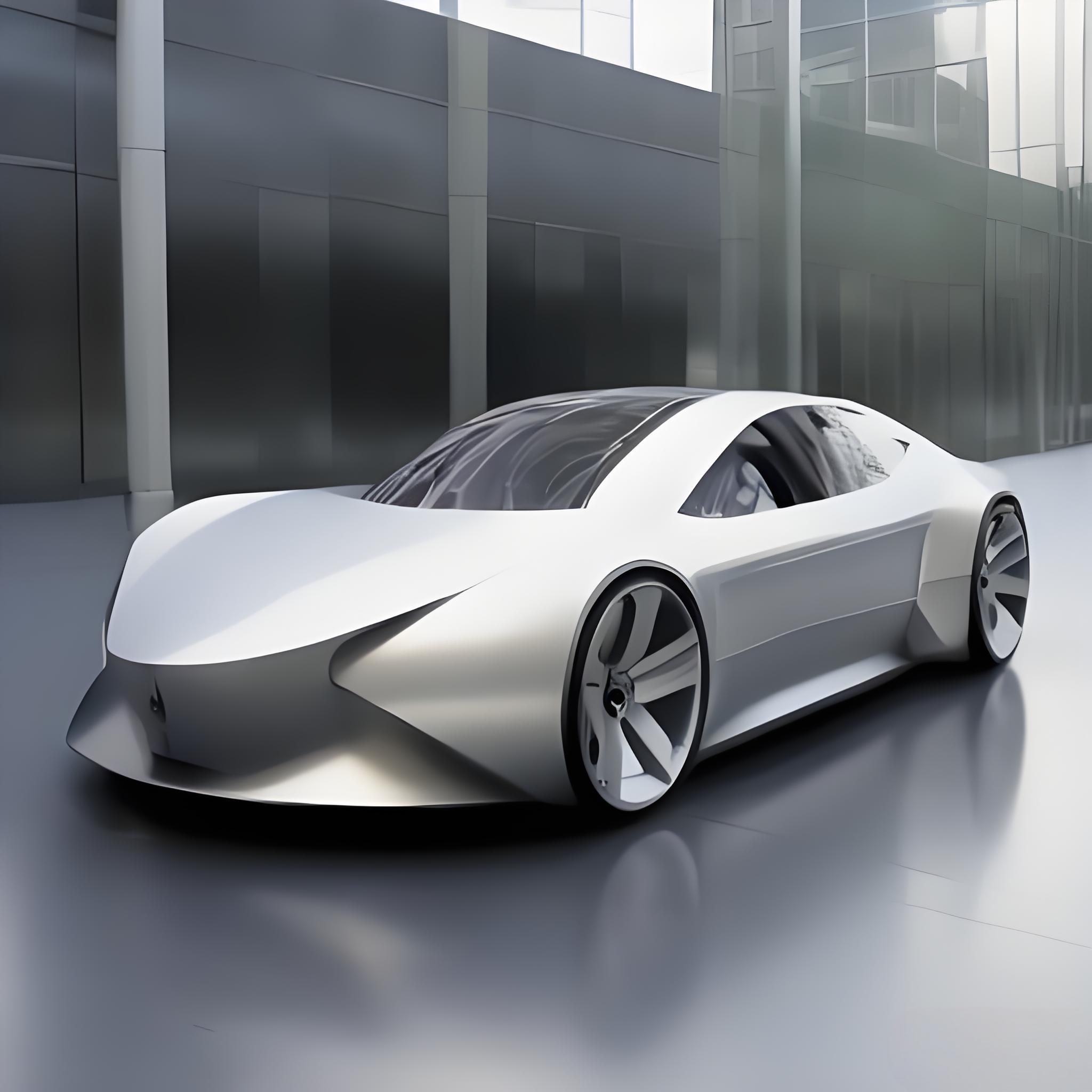Against the backdrop of accelerated transformation in the global automotive industry, aluminum is becoming a key material driving industry change. In the first quarter of 2025, data from the China Association of Automobile Manufacturers showed that the production of new energy vehicles continued to grow at a high rate, with a monthly penetration rate exceeding 42%, an increase of 2 percentage points from the full year level in 2024. This trend not only reshapes the pattern of automobile manufacturing, but also profoundly affects the supply and demand structure of the aluminum industry chain. As the second largest metal material in automobile manufacturing after steel, aluminum’s lightweight characteristics have been endowed with new value in the era of new energy vehicles.
The explosive growth of new energy vehicles has directly driven the demand for aluminum materials. According to the latest calculation by the International Aluminum Association, the aluminum consumption per vehicle for new energy vehicles in China is expected to exceed 180 kilograms by 2025, which is more than 30% higher than that of traditional fuel vehicles. This difference stems from the special requirements of new energy vehicles for body structure, battery pack casing, and motor system. Taking a leading new energy vehicle company as an example, the proportion of white body aluminum materials used in its new platform models has reached 68%, an increase of 15 percentage points compared to the previous generation of products. Behind this technological iteration is the significant advantage of aluminum in reducing weight and increasing efficiency – using 1 kilogram of aluminum instead of steel can reduce the weight of the vehicle by about 2.5 kilograms, thereby improving the range and reducing energy consumption.
In the wave of transformation in the automotive industry, aluminum suppliers are undergoing structural adjustments. In the first quarter of 2025, the order volume of automotive panels for top domestic aluminum processing enterprises increased by 28% year-on-year, with new energy vehicle customers accounting for over 65%. This transformation is not only reflected in the scale of orders, but also in the optimization of product structure. The demand growth rate for high value-added car body panels, battery pack aluminum materials, and other products is more than three times that of traditional internal combustion engine components. According to the annual report of a listed aluminum company, its gross profit margin for automotive panels in 2024 reached 21.7%, which is 8.2 percentage points higher than traditional building aluminum materials, confirming the profit potential brought by industrial upgrading.
In the field of motorcycles and electric vehicles, market demand is showing a trend of differentiation. According to data from the China Motorcycle Association in April 2025, the domestic sales of fuel motorcycles increased by 9.8% year-on-year, while the production of electric motorcycles continued to decline, with a year-on-year decrease of 17.3%. This structural change has a dual impact on the demand for aluminum materials: although the amount of aluminum used in fuel vehicles is stable, the increment is limited; The contraction of the electric motorcycle market has weakened the demand support for lightweight materials. However, in the export market, with the acceleration of motorcycle electrification in Southeast Asia and other regions, China’s aluminum alloy motorcycle parts exports will still achieve a year-on-year growth of 5.2% in the first quarter of 2025, demonstrating structural opportunities overseas.

More noteworthy is that the application boundaries of aluminum materials are breaking through traditional fields. Driven by the “dual carbon” target, the demand for aluminum materials in the field of power equipment is showing explosive growth. According to the 2025 plan of State Grid Corporation of China, the demand for aluminum alloy tower materials in ultra-high voltage projects will reach 380000 tons, a year-on-year increase of 22%. The aluminum penetration rate of new energy equipment such as photovoltaic inverter shells and wind power gearboxes has increased from 47% in 2020 to 65% in 2025. The home appliance industry is also entering an update cycle. In the first quarter of 2025, the aluminum consumption of large appliances such as air conditioners and refrigerators increased by 12% year-on-year, mainly due to the popularity of aluminum alloy heat exchangers with better thermal conductivity.
The fluctuation of demand in the field of construction hardware reflects the impact of the real estate cycle. In March 2025, the sales area of commercial housing in China decreased by 8.1% year-on-year, directly leading to a reduction of 11.3% in the order volume of construction aluminum profiles. However, the promotion of refined decoration policies has partially offset downward pressure, and the demand resilience for high-end aluminum alloy doors and windows, kitchen and bathroom hardware and other products has become apparent. The head of a certain aluminum profile enterprise revealed that the proportion of system doors and windows products in their engineering channel orders has increased from 29% in 2020 to 43% in 2025, indicating the structural support brought about by consumer upgrading.
Looking back at the industry turning point of 2025, the aluminum industry is undergoing a profound transformation from being driven by traditional infrastructure demand to being driven by emerging manufacturing demand. The lightweight revolution of new energy vehicles, the green upgrade of power equipment, and the trade in of household appliances have jointly woven a new version of aluminum demand. Despite the short-term pressure brought by the adjustment of the construction market, the strong demand in the high-end manufacturing sector provides key support for the industry’s transformation and upgrading. For industrial chain enterprises, seizing opportunities for technological iteration, optimizing product structure, and expanding emerging markets will become the core competitiveness to overcome cycles.
Post time: May-14-2025





